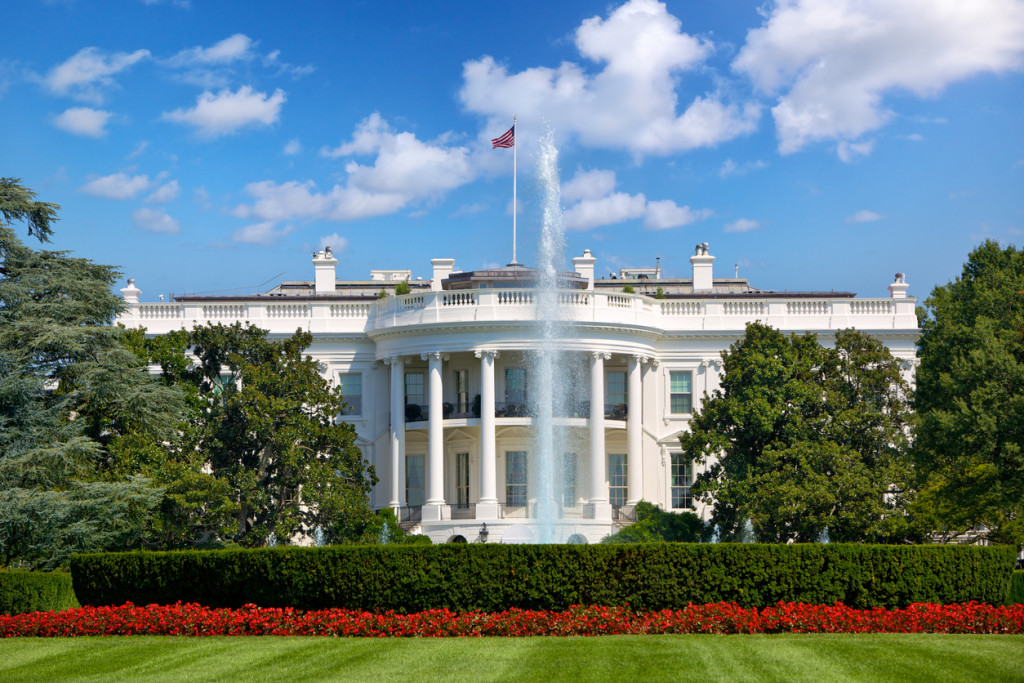April 29 marked the 100th day of the Trump administration. So far, there have been many changes to government policies and priorities, but one field that has drawn particular attention has been federal IT systems and management.
The administration has emphasized modernizing technology and innovation practices across government, and there have been a few initiatives that will transform public sector IT over the next few years. That’s why GovLoop has decided to recap these changes for federal IT professionals and analyze how they will shape the future of government technology and innovation.
Two New Innovation Offices
President Trump demonstrated that promoting technology and innovation in government are priorities of his administration by creating the Office of American Innovation and the American Technology Council. The Office of American Innovation was created in late March as a “SWAT team” that will infuse government agencies and procedures with private sector practices and innovation strategies. The office will be lead by Jared Kushner, the president’s son-in-law, and it will collaborate with federal agencies and tech companies such as Apple and Microsoft on how to incorporate new technologies, increase the use of data and recruit top tech talent to serve in government.
On May 1, just beyond the president’s 100th day in office, he signed an executive order creating the American Technology Council within the new Office of American Innovation. Similarly, this council will convene stakeholders from across agencies and the private sector to discuss and promote innovative IT practices and technologies in government. The council will specifically target how to improve digital services for constituents and guide the president as he makes decisions related to increasing the use of technology.
OMB Reform Plans
Another major shake-up in the federal government during the first 100 days was the hiring freeze and the subsequent OMB memo outlining the process and requirements for agencies to reform their business processes. These reform plans will be developed by agencies over the coming months, and they will likely have a strong impact on the federal IT workforce. One of the main objectives of the reform plans will be to find areas where agency business operations can be either consolidated or automated by technology.
The memo also asks the civilian workforce to work across agencies more frequently and to increase the use of data to make decisions. These reforms are likely to transform agencies operations in areas such as acquisition or customer service, so federal IT employees should be prepared to play a key role in developing and implementing the reform measures in the coming months.
The Modernizing Government Technology Act
Although the bill was merely proposed in the first 100 days, the bipartisan Modernizing Government Technology Act could have huge implications for federal IT. The bill would establish a central fund for agencies to pay for IT modernization projects, and it would allow agencies that save money on other IT programs to reallocate that capital into updating legacy IT systems.
The access to these revenue sources could help agencies improve cybersecurity and adopt innovations such as cloud-based technologies. Along with widespread approval in Congress, the White House has also signaled their support for the bill in statements and the fiscal 2018 budget blueprint. On May 2, the bill moved through the House Oversight and Government Reform Committee, and a companion bill has already been introduced in the Senate.
Despite the constantly changing landscape of government during the first 100 days of the Trump presidency, it seems that improving and innovating government technology will be a priority for the new administration. Through the new offices, agency reform plans, and modernization legislation, the federal IT workforce should be empowered to adopt new technologies that will ultimately help government better serve Americans efficiently and effectively.
